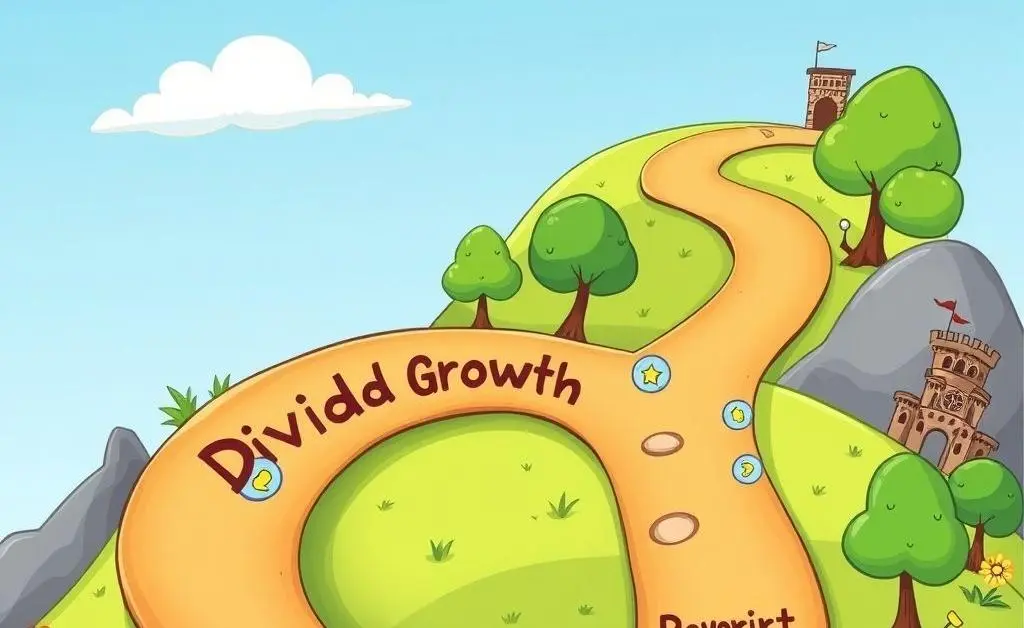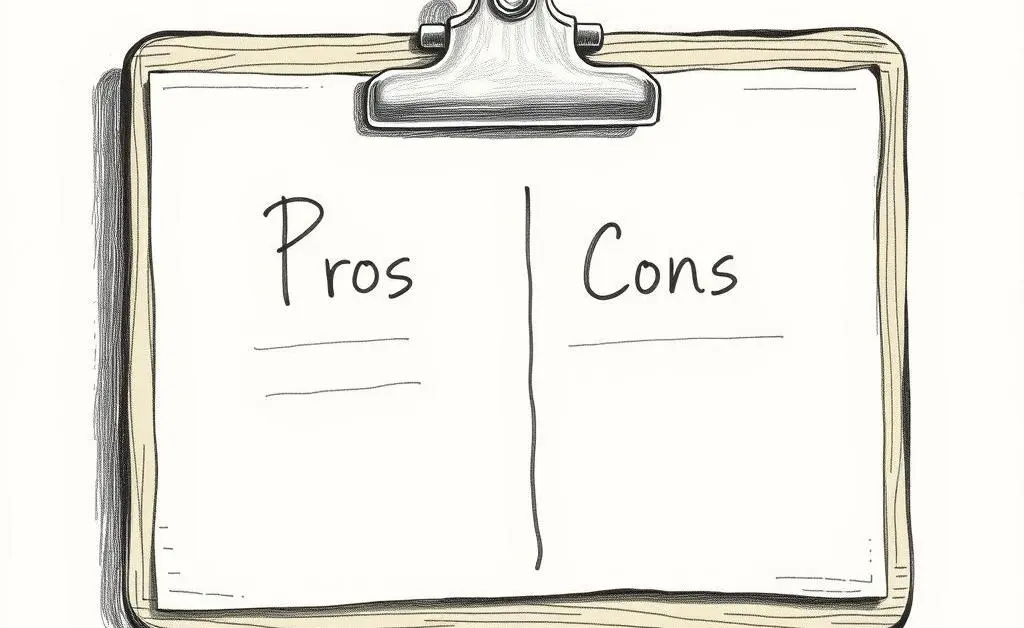Choosing Between Dividend Stocks: A Practical Guide for Investors
Explore how to choose dividend stocks for growth and income. Tips for balancing risks and rewards in your portfolio.

Hey there! If you’re like me and trying to balance the fine line between boosting your investment portfolio and ensuring steady income, you’re probably considering dividend stocks. They can be a compelling choice, especially if you want a mix of income and growth.
Why Choose Dividend Stocks?
The primary keyword here is obviously 'dividend stocks.' They’re essentially companies that share a portion of their earnings with you, which is really enticing if you enjoy regular income statements. It's like being rewarded just for keeping your money parked.

Dividend Yield vs. Growth Potential
This brings us to one very important factor you should consider: dividend yield versus growth potential. If you’re holding shares in a company with a high dividend yield, you’ll likely receive more immediate income, but it might lag on growth if the company isn’t reinvesting enough in itself. Conversely, a lower yield but higher growth potential could mount up your returns in the long run.
Structuring Your Portfolio: Pros and Cons
Here's a tiny breakdown of the pros and cons of dividend stocks to guide your decisions:

- Pros: Stability, regular income, potential tax advantages
- Cons: Limited downside protection, might lag in high-growth markets
Understanding Your Financial Goals
Ask yourself: Are you investing primarily for income, growth, or perhaps a healthy sprinkling of both? Your answer will guide your stock-picking process. It's vital to align your investment choices with personal goals, but having that flexibility to re-evaluate periodically doesn't hurt either.

Diversification: Your Safety Net
The age-old advice of not putting all your eggs in one basket is still golden here. Diversifying your investments means you can spread the risk. Consider sectors outside the classic income generators too—this helps cushion any unforeseen shifts in one segment.
The Balancing Act
In the end, it's about finding that balance between risk and reward. Experimenting with different configurations in your portfolio might just reveal what suits you best. Maybe today’s the day you learn more about diversifying your stocks effectively.
Your Takeaway
Dive into dividend investing with a clear assessment of your objectives and a strategy to match. I’d love to hear your strategy or if you’re considering tweaks to your existing plan. What’s one tip you’d give to someone new to dividend investing?




